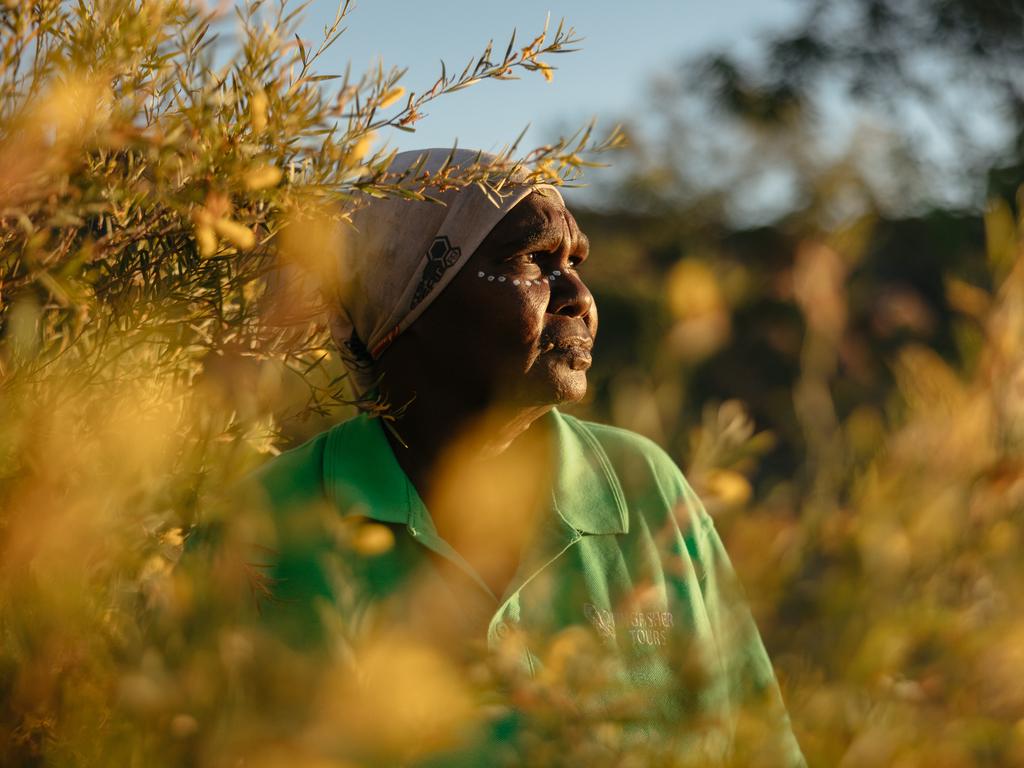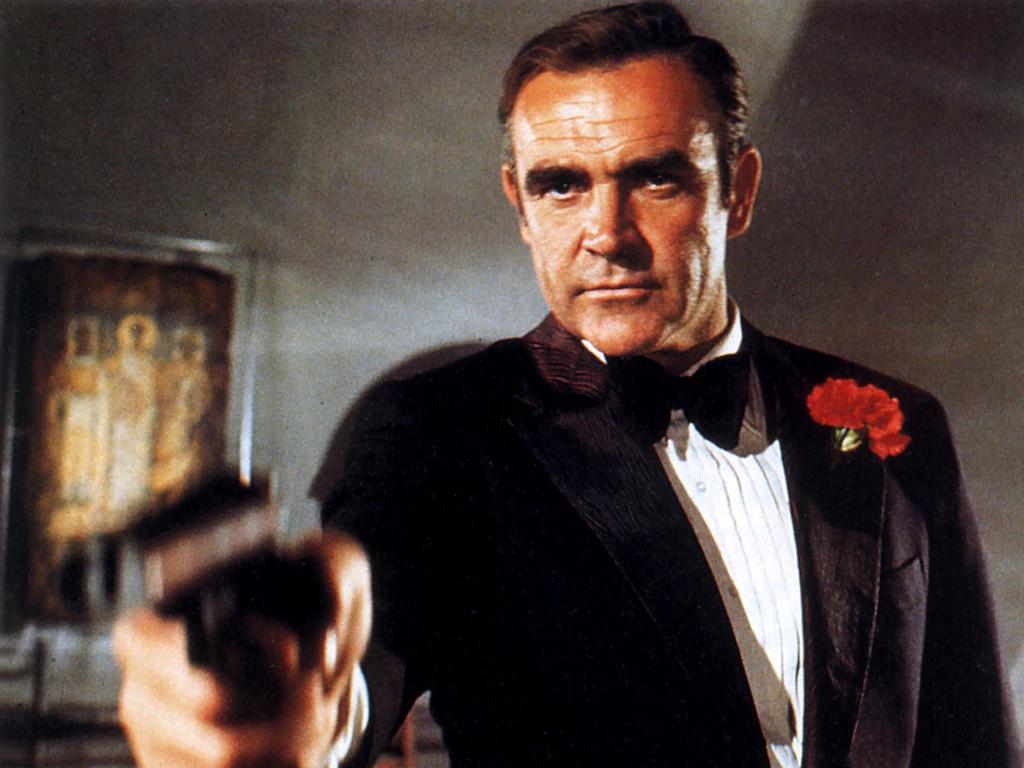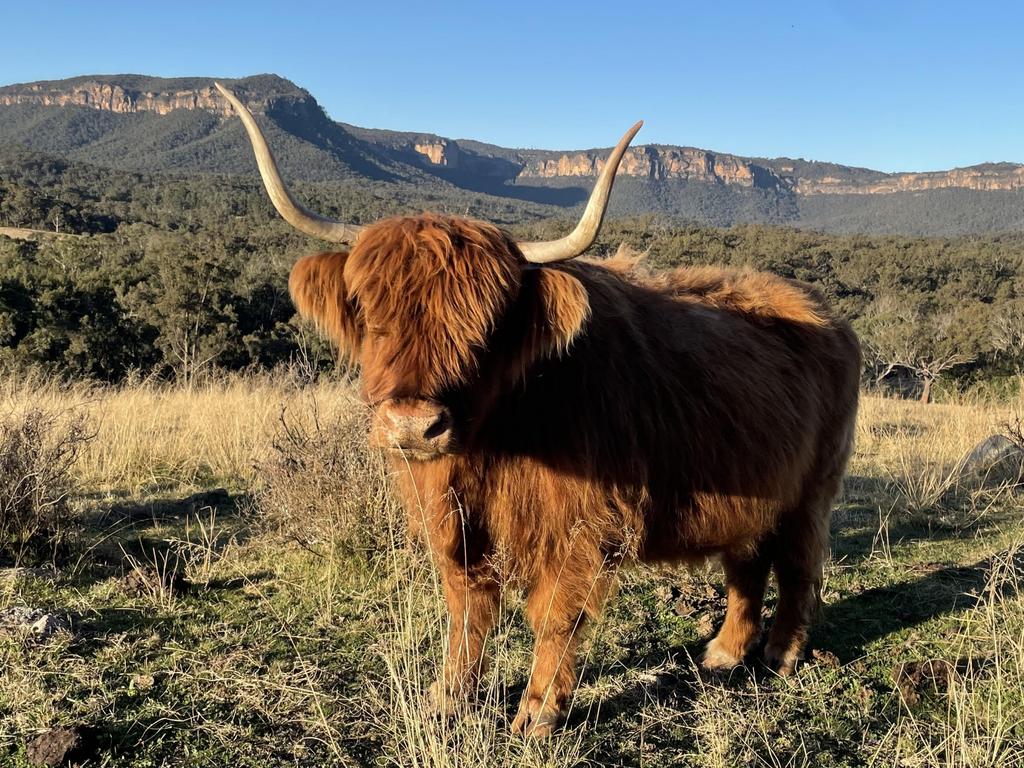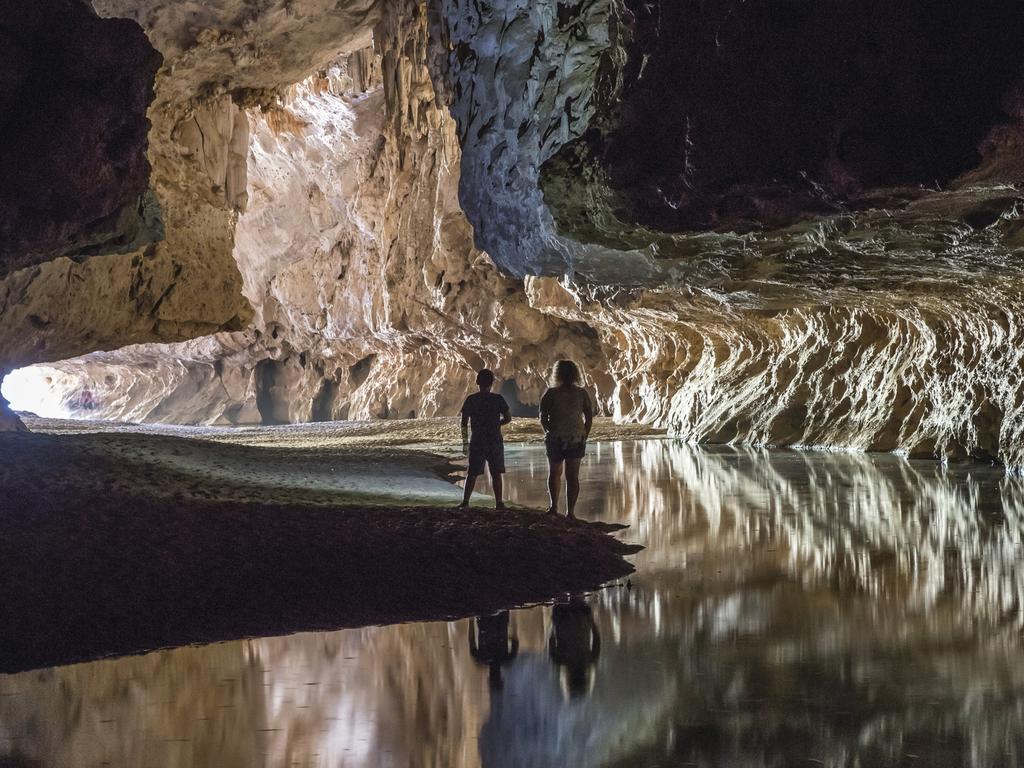New hotel Callow Hall in England is one for the wishlist
This Victorian beauty has undergone a three-year, £7m renovation – and it shows.
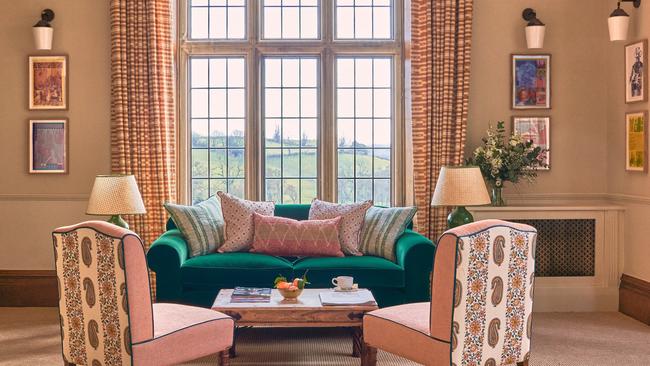
It’s undergone a thorough three-year, £7m ($13m) renovation and doesn’t it show? Heritage-listed Callow Hall, a Victorian beauty sitting within 14ha of Derbyshire greenery on the edge of the Peak District, opened on September 1, the first hotel for newcomer Wildhives. There are just 15 rooms in the main house, each individually decked out with colourful textiles, mix-and-match patterns and quirky artworks to create a look that’s more Firmdale than farmhouse. Original features such as the grand staircase and ornate fireplaces remain.
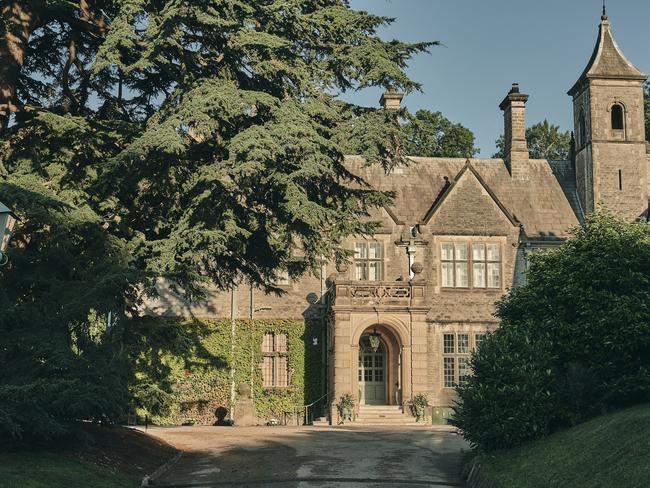
But head into the surrounding woodlands and you’ll find alternative lodgings that throw the rule book out those mullioned windows. Four one-bedroom Hives, made from recycled pallet wood, stand discretely among the sycamores. Seven more and a pair of two-bedroom treehouses will be available next year. These fairytale hideaways are equipped with king beds, ensuites and kitchenettes, Nespresso machines and a chef’s cupboard stocked with essentials. They’re only a short stroll from Callow Hall, where meals are served in the conservatory-like Garden Room. Pampering takes place in the converted Coachhouse where guests can also race each other on stationary bikes in the Interactive Room, or grab some maps to plan their adventures across the district.
T+L’s colleagues at The Times in London recently named Callow Hall Hotel of the Year. It’s one for the list when we venture back to Britain. Rooms from £199 a night; Hives from £349.
PENNY HUNTER
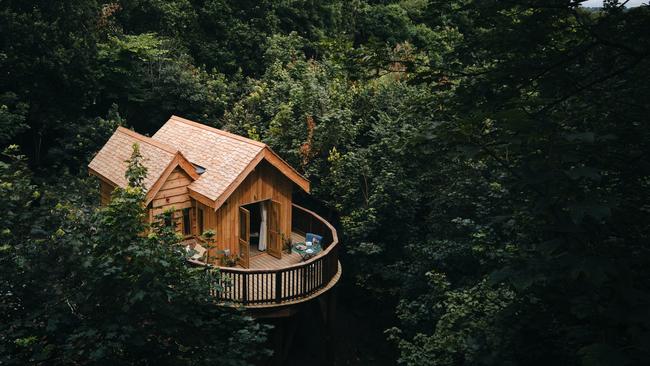
Book club
MIDNIGHT AT MALABAR HOUSE
Vaseem Khan
Fans of Sujata Massey’s character Perveen Mistry, “Bombay’s first female lawyer” (Book Club, August 14-15), are sure to enjoy meeting Persis Wadia, “India’s first female police detective”, also a Bombay resident, and an inspector to boot. Mistry’s legal adventures are set in the 1920s while Wadia is at large in the post-independence era at the dawn of the 1950s. Each is feisty, meticulous and suspicious of their smirking (male) colleagues. Wadia is a new character for Vaseem Khan, creator of a five-strong series starring Inspector Chopra of the Baby Ganesh Agency, where he’s assisted by an elephant with crime-solving powers. While those novels are jolly and fun, Wadia’s investigations are more dense and political. This debut opening has already scooped a historical crime fiction award, and a follow-up, The Dying Out, is hot on its heels, promising more “bodies and riddles”.
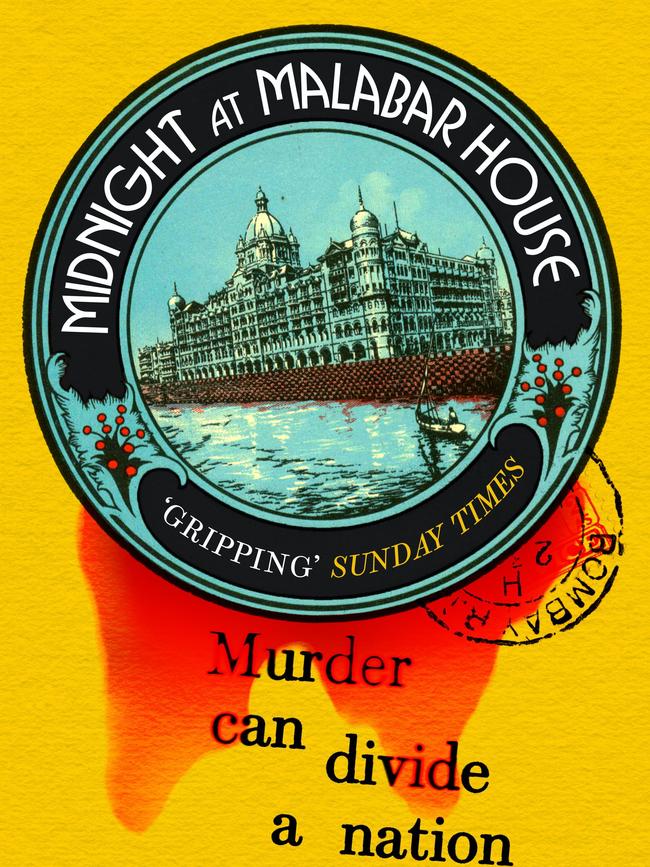
So, Wadia is in charge of an investigation into the murder of Sir James Herriot, a distinguished (possibly unsavoury) diplomat, found dead in his study at Laburnum House, a “two-storey cubist monstrosity, splashed in virulent shades of imperial maroon and beige”, where he was hosting a New Year’s Eve ball for an elite social circle. He is sans trousers and appears to have expired after a spot of hanky panky. Wadia is instructed, to her displeasure, to work with Archimedes (Archie) Blackfinch, an English criminalist advising the nascent Indian government. They can expect little help from the “menagerie of misfits” at Malabar House police station, where Wadia is routinely consigned to the midnight shift. Her reputation is on the line as she explores every lead and tangent.
“Have you ever tried to stop the monsoon?” she declares when a colleague questions the competency of women.
Khan’s descriptions of life in the city as it emerges from colonial rule are deft and detailed. Bombay must “roll up its sleeves, intent on meeting the future head-on” and after reading of the shenanigans of most of the cast of Midnight at Malabar House, you’d wonder if it’s not going to fall solely on Wadia‘s shoulders to forge the future. Admittedly, many of Khan’s characters are almost comically caricatured, but the plot is a fabulous puzzle til the Agatha Christie-style unmasking of the killer on the eve of January 26, Independence Day. Wadia does come across as a little humourless, but she’s destined for the top.
SUSAN KUROSAWA
View from here
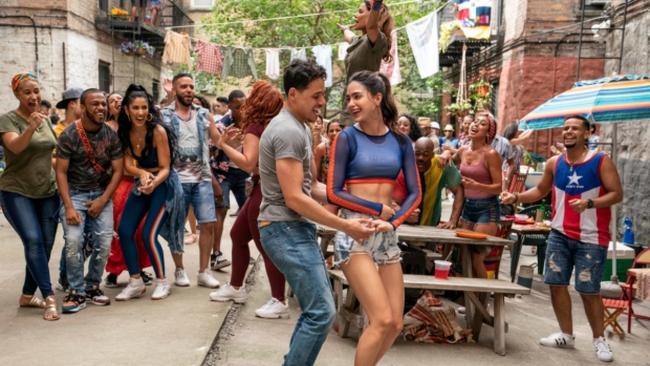
IN THE HEIGHTS
Amazon Prime Video
Broadway and the West End are back in business, Hamilton and Come From Away have returned to the stage in Sydney, and the curtain rises on Moulin Rouge! The Musical in Melbourne on Friday.
Musical theatre fans have had shining lights to guide them through the dark times in filmed stage versions of Hamilton (Disney+), about a founding father of the US, and Come From Away (Apple TV+), the true story of the townsfolk of Gander, Newfoundland, who welcome passengers of 38 planes grounded after the September 11 attacks. Promise not to watch the films as a substitute for going to the theatre. Local casts are a sensation and nothing compares to being in the room where it happened, to borrow a line from Hamilton.
Catch up with an earlier work by that show’s creator Lin-Manuel Miranda, In the Heights, on Broadway in 2008 and filmed last year. It is set in Washington Heights, Upper Manhattan, a Latin American (mainly Dominican) neighbourhood not so widely visited but perhaps one of the borough’s most authentic and least gentrified.
What better place for our characters to sing about their dreams and dance their hearts out than the actual streets of their ’hood? Note for next NYC visit: take the A train to 175th St and Audubon Ave, with its bodegas and cafes.
In the Heights has been called West Side Story without the murder. The 1961 movie of that Broadway hit was made in Hollywood but some scenes where the Sharks and Jets strut their stuff were filmed where the story was set, among (soon-to-be-demolished) tenements that made way for New York’s Lincoln Centre. Steven Spielberg’s remake of the classic opens in cinemas on Boxing Day.
GRAHAM ERBACHER
Spend it
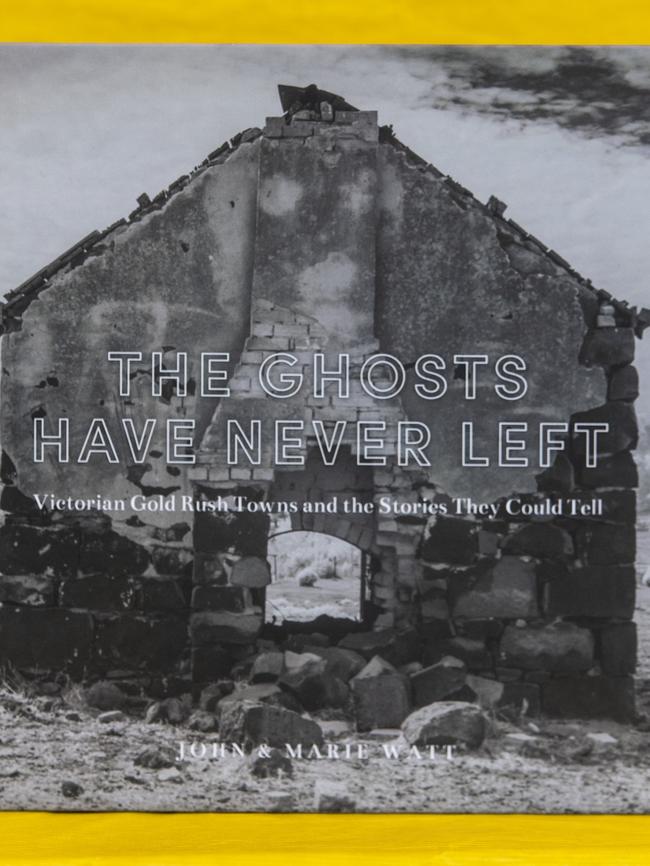
The intriguing book title The Ghosts Have Never Left is amplified by authors John and Marie Watt with a succinct subhead: “Victorian gold rush towns and the stories they could tell.” It would be a fine companion for those who’ve enjoyed miniseries On Gold Mountain (SBS On Demand), told from the Chinese miners’ perspective. The Watts dig beyond well-known remnant settlements into gold rush communities that roared with life in the 1850s but “today are little more than shadows …”. The gold ran out, railways or main roads passed them by, other regional industries developed or fires and floods claimed livelihoods. The origins of those who came from overseas seeking fortunes are, in some cases, recorded in the geographic names of local gullies and hills, from Killarney to Canton. Cue small tales, big characters, ephemera, ruins and legends, and marry with infra-red monochrome images by Marie Watt, often ghostly in their starkness. In three formats, from $39.99; premium hardback inquiries: creatours@ozemail.com.au
SUSAN KUROSAWA

